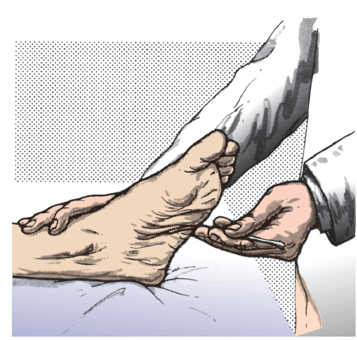FIGURE 39.1 Sites of stimulation employed in eliciting the various superficial abdominal reflexes.
The responses are typically brisk and active in young individuals with good anterior abdominal tone. They may be sluggish or absent in normal individuals with lax abdominal tone, in those who are obese, or in women who have borne children. The epigastric reflex is similar, but elicited by a stimulus moving from the xiphoid toward the umbilicus; there is usually no retraction or movement of the umbilicus.
The superficial abdominal reflexes may be difficult to obtain or evaluate in ticklish individuals. They may be absent in acute abdominal disorders (Rosenbach’s sign) and with abdominal or bladder distension. They may be absent on the side of an incision from abdominal surgery or posterolateral thoracotomy. The latency is longer and the responses slower in children and the elderly than in young adults. In a study of 65 adolescents and young adults, 14% of the subjects had asymmetric abdominal reflexes, in 15% responses were absent in all quadrants, and 11% had no reflex in at least one quadrant; no subjects had reflexes present on one side and absent on the other. Dissociation of the abdominal reflexes, with absent superficial and exaggerated deep reflexes, suggests a corticospinal tract lesion. If the superficial abdominal reflexes are physiologically diminished or absent, the lower quadrant reflexes are usually affected first. In unilateral abdominal paralysis, there may be inversion of the reflex, with deviation of the umbilicus to the opposite side. Absence of superficial abdominal reflexes in patients with scoliosis has been suggested as an indicator of underlying syringomyelia. An abdominal reflex can be elicited electrophysiologically; its characteristics resemble the blink reflex.
THE SUPERFICIAL REFLEXES OF THE LOWER EXTREMITIES
The Cremasteric Reflex
This reflex is elicited by stroking or lightly scratching or pinching the skin on the upper, inner aspect of the thigh. The response consists of a contraction of the cremasteric muscle with a quick elevation of the homolateral testicle. The innervation is through the ilioinguinal and genitofemoral nerves (L1-L2). The cremasteric reflex must not be confused with the scrotal, or dartos, reflex, which produces a slow, writhing, vermicular contraction of the scrotal skin on stroking the perineum or thigh or applying a cold object to the scrotum. The cremasteric reflex may be absent in elderly males, in individuals who have a hydrocele or varicocele, in those with torsion of the testicle, and in those who have had orchitis or epididymitis.
The Gluteal Reflex
A contraction of the gluteal muscles may follow stroking the skin over the buttocks. The gluteus maximus is innervated by the inferior gluteal nerve (L4–S2), and the skin of this area is innervated by the cutaneous branches of the posterior rami of the lumbar and sacral nerves.
The Plantar Reflex
Stroking the plantar surface of the foot from the heel forward is normally followed by plantar flexion of the foot and toes (Figure 39.2). There is individual variation in the response and some variability dependent upon the site of maximal stimulation. Flexion is the normal response after the first 12 to 18 months of life. The pathologic variation of the plantar reflex is the Babinski sign (see Chapter 40). The normal plantar response may be difficult to obtain in individuals with plantar callosities. In ticklish patients, there may be voluntary withdrawal with flexion of the hip and knee, but in every normal individual, there is a certain amount of plantar flexion of the toes on stimulation of the sole of the foot. A tonic plantar reflex with slow, prolonged contraction has been described as a sign of frontal lobe and extrapy-ramidal disease. This reflex is innervated by the tibial nerve (L4–S2).

FIGURE 39.2 Method of obtaining the plantar reflex.
Stay updated, free articles. Join our Telegram channel

Full access? Get Clinical Tree







